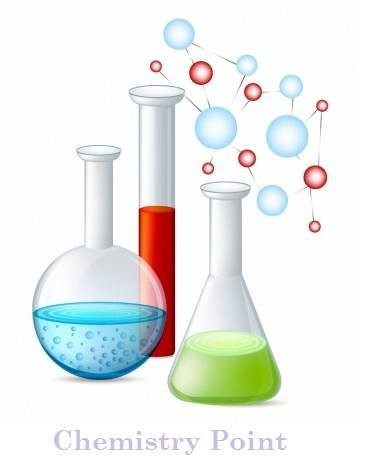
In this section, Chemistry Point students may attempt online examination for 11th and 12th class. To enrol and access this section and attempt examination, please create a free GyanKatta account and provide your account details (name, email, phone) to your institute coordinator. Individual students may also buy the examination modules here.
Helplines:
P. N. Chandra sir
Ex-Faculty: NARAYANA, Aakash, Sri Chaitanya
(21 Years experience) Tel : 9650289829
email: info@gyankatta.Org
Phone / WhatsApp:
+91-94244-76571
Examination Open Time: Exam can be accessed 24x7 anytime anyday. Results will be declared only after closing time.
Venue: Students may use their own phone or computer anywhere, according to their convenience. It is expected that students will not use any unfair means during test. These exams are being conducted at GyanKatta examination centers too.
Pattern: The tests are strictly 40 minutes long to attempt 40 multiple choice questions (MCQ), covering the chapter according to the schedule.
Open attempts beyond allotted time would be automatically submitted. Student can attempt any exam only once. In case of any ambiguity students are advised to contact GyanKatta helplines immediately.
Result: Students may access their result, marks and explanations for the answers after test closing time. Students will be notified about the result by email too.